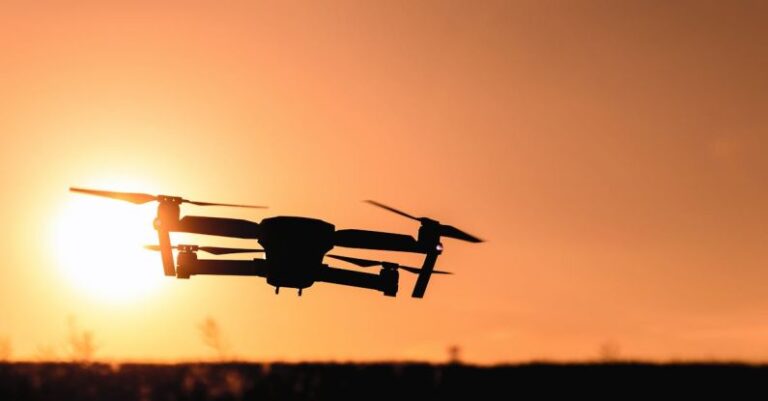
Autonomous RC robots, also known as remote control robots, are intriguing pieces of technology that have gained popularity in recent years. These robots are capable of performing tasks and navigating their surroundings without constant human intervention. How exactly do these autonomous RC robots work? Let’s delve into the fascinating world of these robots to understand their mechanisms and functionalities.
**Understanding Autonomous RC Robots**
Autonomous RC robots are equipped with sensors, processors, and actuators that enable them to operate independently. These robots rely on a combination of hardware and software to perceive their environment, make decisions, and execute actions. Unlike traditional remote control robots that require constant human input, autonomous RC robots can operate autonomously for extended periods.
**Sensors**
Sensors play a crucial role in the functioning of autonomous RC robots. These robots are equipped with various types of sensors, such as cameras, LiDAR (Light Detection and Ranging), ultrasonic sensors, and infrared sensors. These sensors enable the robot to perceive its surroundings by detecting obstacles, determining distances, and identifying objects. The data collected by the sensors is processed by the robot’s onboard computer to create a map of the environment and make decisions based on the information received.
**Artificial Intelligence**
Artificial intelligence (AI) algorithms are at the core of autonomous RC robots. These algorithms enable the robot to analyze sensor data, interpret its surroundings, and make decisions in real-time. Machine learning techniques are often used to train the robot’s AI model, allowing it to improve its performance over time through experience and feedback. The AI algorithms are responsible for tasks such as path planning, obstacle avoidance, object recognition, and decision-making, making the robot capable of navigating complex environments with precision.
**Navigation and Localization**
Navigation and localization are key aspects of autonomous RC robots. These robots utilize localization techniques such as simultaneous localization and mapping (SLAM) to determine their position within an environment. By combining sensor data with a map of the surroundings, the robot can accurately navigate its way through obstacles and reach its destination. Path planning algorithms are used to generate optimal routes based on the robot’s current location and the desired endpoint, ensuring efficient and safe navigation.
**Actuators**
Actuators are the components of the robot that enable it to interact with the physical world. Autonomous RC robots are equipped with motors, servos, and other mechanisms that allow them to move, manipulate objects, and perform tasks. The robot’s actuators receive commands from the onboard computer based on the decisions made by the AI algorithms. For example, a robot may use its motors to drive forward, turn, or stop in response to obstacles detected by its sensors. The precise control of actuators is essential for the successful operation of autonomous RC robots.
**Challenges and Future Developments**
Despite their advanced capabilities, autonomous RC robots still face challenges related to navigation in dynamic environments, interaction with unpredictable objects, and robustness in varying conditions. Researchers and engineers are continuously working to overcome these challenges by developing more sophisticated sensors, improving AI algorithms, and enhancing the overall system performance. The future of autonomous RC robots holds exciting possibilities, including applications in areas such as search and rescue, surveillance, exploration, and entertainment.
**In Summary**
Autonomous RC robots operate through a combination of sensors, artificial intelligence, navigation techniques, and actuators to function independently and perform tasks in various environments. These robots represent a significant advancement in robotics technology, offering new opportunities for automation and autonomous operation. By understanding the mechanisms and functionalities of autonomous RC robots, we can appreciate the complexity and potential of these remarkable creations.





